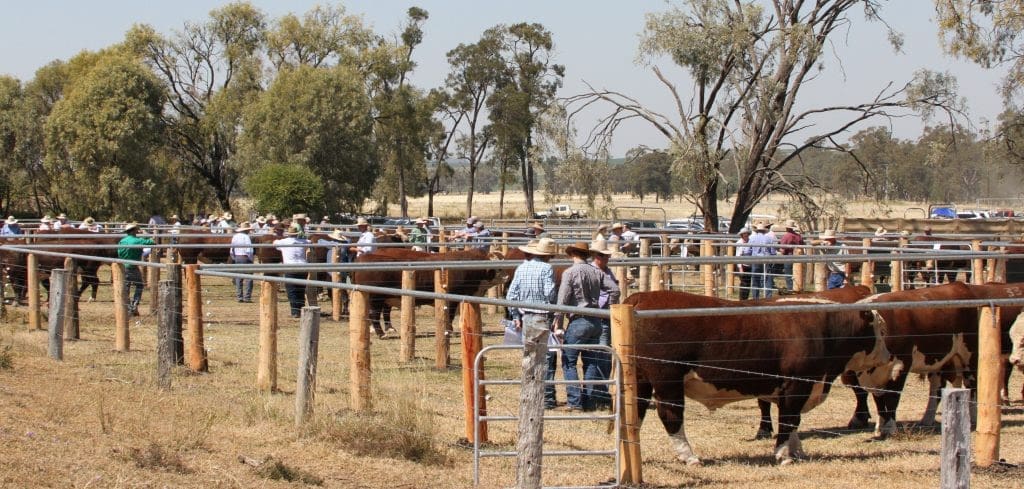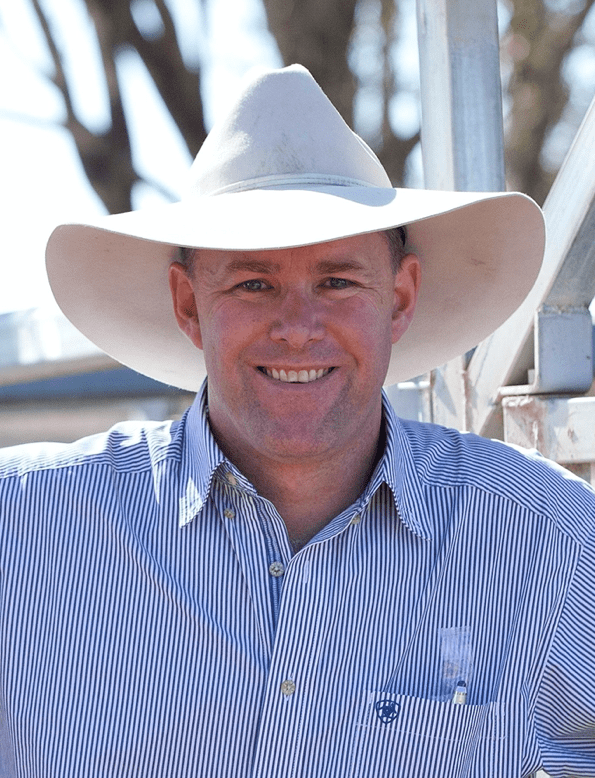Going to a bull sale without a defined breeding objective is like sending a hungry man to the supermarket without a shopping list, Dr Peter McGilchrist told last year’s Red Meat Forum in Gippsland. Many producers still don’t have a well-defined breeding objective, and while they may buy a good bull, their herd still isn’t progressing, genetics editor Alastair Rayner writes in this week’s genetics review…

THE phrase, “Before anything else, preparation is the key to success,” is one of the most recognised quotes of Scottish inventor and scientist Alexander Graham Bell.
It is a phrase which can be used to guide any undertaking, and it is one that should be considered as producers across the country turn their focus to this year’s spring bull sales.
There are many aspects associated with bull purchasing and all take preparation. The most fundamental is the need to spend time focusing on the breeding objectives that are key for individual producers.
Breeding objectives are perhaps one of the most commonly discussed topics associated with bull purchasing, and at the same time one of the most neglected.
While many producers are conscious of things they may like to change in their herd or are focused on specific traits they want to obtain from using a particular bull, these traits or changes are often seen in isolation from the broader perspective of a herd direction and ultimately on the ability to meet the business goals of the breeder.
Fundamentally, breeding objectives need to achieve three things. Firstly they need to be clear, defined and ideally written down so that there is no confusion over what these objectives are.
Secondly these objectives need to specifically address areas of improvement on current performance. Finally the objectives must consider the traits that will be important for the herd into the future.
These three areas characterise a strong set of objectives which can be used to guide a producers selection choices and ultimately define the bull or bulls that will be purchased for their herd.
Without clear definition, producers are more likely to arrive at a sale with a series of vaguely defined (or undefined) needs that may or may not result in a suitable bull being purchased.
This process was described at the Gippsland Red Meat Conference last year by UNE’s Dr Peter Gilchrist as “the equivalent of sending a hungry man to the supermarket without a shopping list.”
Taking the time to set breeding objectives is often a challenge for many producers. In most cases, producers’ response to this process is along the lines of “I know we need….” Often there is a strong awareness of particular issues or traits that need addressing. However, more frequently, the traits or issues producers raise as being of concern are related to is associated with the current progeny performance or the position of the herd when it was last assessed.
It tends to be much hard to focus on trends that are occurring within the herd over time or to consider if the traits that are of concern are the ones which are contributing most to a herd’s ability to increase production and profitability. This is why there is a need to make time to consider the broader picture, rather than on immediate needs. In many cases immediate needs can be addressed through management changes or alterations. Genetic change is a longer process and should be seen as such.
For those producers prepared to make the time to consider a breeding objective, they need to consider firstly what it is they are trying to achieve with their cattle.
This shouldn’t be restricted solely to the market they seek to supply with their sale progeny. While their immediate market may well be a specific destination such as a feedlot or grass finishing program, there are other markets as well. Where and how are surplus heifers sold? What is the process of replacing breeders and selling older cows?
These market decisions are as important as meeting the specifications for the sale progeny in contributing to the productivity and profitability of a business.
At the same time, it is as important to consider the herd performance across areas such as reproductive performance, utilisation of pastures and feed demand in periods of low pasture growth.
These areas offer some insight into the amount of feed consumed by the cow herd and may help define the weight of mature breeders and the numbers that can be sustainable run to avoid issues with overgrazing or the need to provide increasing amounts of supplements in periods of pasture shortfall.
The time taken to consider these aspects does mean a producer will have to look beyond the immediate traits and consider the performance of the herd over at least the previous three to five years.
In doing that, the major areas where a herd can improve will start to become clear. At the same time, it’s worth looking at these improvements in the light of what can be addressed through management, and where will genetics help achieve the desired changes.
Through this process, the traits and type of sire needed to be purchased should start to take form in a more defined way.
This list of traits that will specifically start to address the changes or improvements that have been defined can form the basis of a producers search to select a sire.
This more strategic approach to bull selection is the key difference between those producers who make well-considered and successful bull purchases as opposed to those producers who may buy good bulls, but still fall short in achieving the development of a herd that delivers on their long term business needs.
 Alastair Rayner is the Principal of RaynerAg, an agricultural advisory service based in NSW. RaynerAg is affiliated with BJA Stock & Station Agents. He regularly lists and sell cattle for clients as well attending bull sales to support client purchases. Alastair provides pre-sale selections and classifications for seedstock producers in NSW, Qld and Victoria. He can be contacted here or through his website www.raynerag.com.au
Alastair Rayner is the Principal of RaynerAg, an agricultural advisory service based in NSW. RaynerAg is affiliated with BJA Stock & Station Agents. He regularly lists and sell cattle for clients as well attending bull sales to support client purchases. Alastair provides pre-sale selections and classifications for seedstock producers in NSW, Qld and Victoria. He can be contacted here or through his website www.raynerag.com.au
